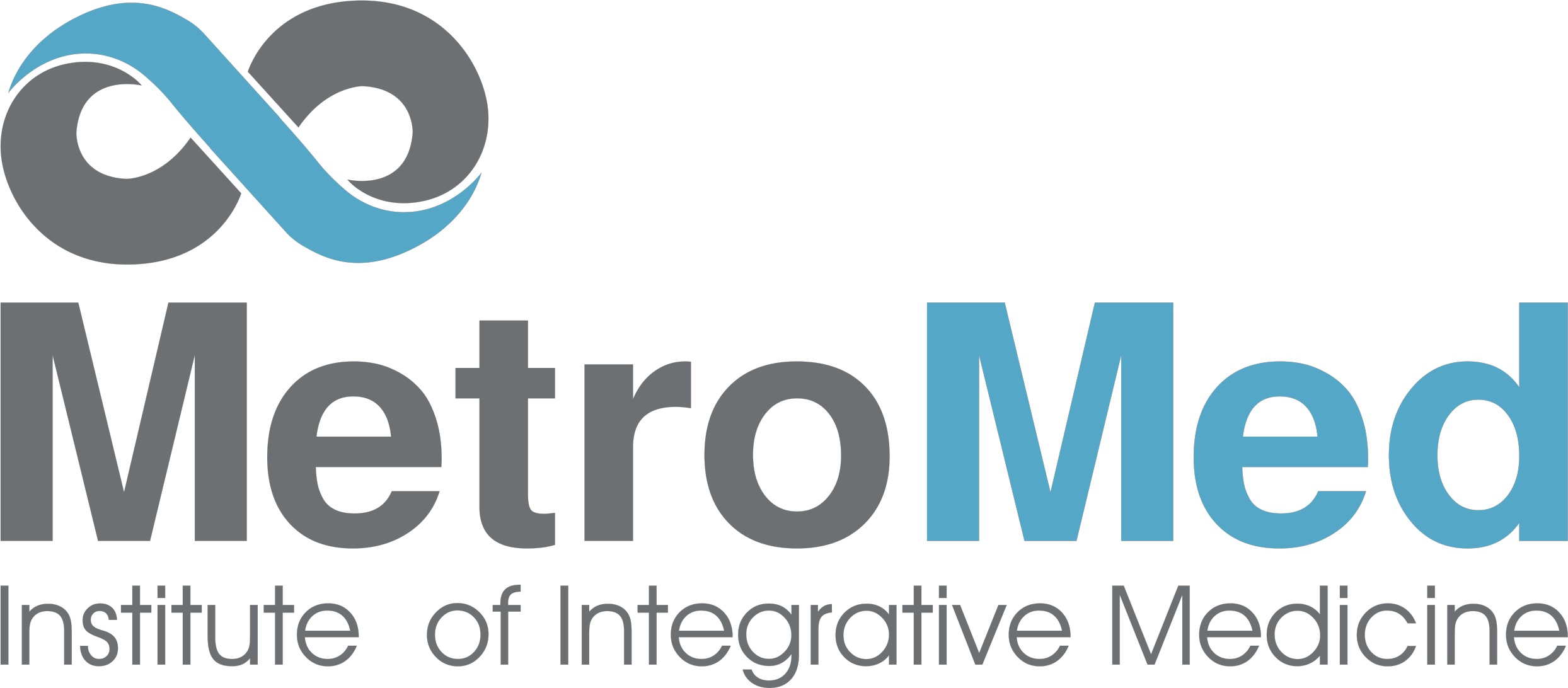Cells that make up the heart called Cardiomyocytes contract in synchrony to propel blood throughout the body. When an obstruction interrupts the blood supply to the heart, Cardiomyocytes will begin to die. As heart cells diminish, overload on surviving heart tissue will eventually cause the heart to fail. This event is known as myocardial infraction, or heart attack. Stem cells can now be used to correct heart and valve degeneration.
Myocardial infarction is the leading cause of death worldwide. Currently, medical, pharmaceutical, and device-based therapies only delay the progression of the disease and do not actually repair the heart. The underlying reason for heart failure is cardiac tissue that is lost is not regenerated. The only strategy in standard care so far to replace the lost tissue is to replace the entire heart. Heart transplant is impractical because human hearts come from donors and donors come from misfortunes. Therefore, a viable strategy to address progressive heart disease would be to replace lost Cardiomyocytes by using a source that is renewable.
Recent breakthroughs in stem cell biology have made it possible to reverse the progression of heart failure. Several clinical studies have demonstrated the ability to replace lost heart tissue with new ones derived from stem cells.
One strategy to regenerate the heart is borrowed from the newt. The newt has immense ability to regrow injured tissue and can even grow back entire limbs. When a newt heart is damaged, Cardiomyocyte in the injury zone can re-enter a stem-cell-like state, multiply in numbers, and return into functional cardiomyocytes. Thereby, cells that were once lost are recovered. In contrast, the ability for human heart cells to divide after an injury is relatively absent. Even though cardiac stem cells do exist in the human heart, there is not enough to effect recovery. The human equivalent toward a newt-like cardiac regeneration is a procedure called Cardiosphere-Derived Autologous stem Cells to reverse ventricular dysfunction (CADUCEUS). Developed by Dr. Eduardo Marb at Cedars-Sinai Heart Institute, this method involves isolating resident cardiac stem cells from the patient’s heart; multiplying them in a lab; and reintroducing them back into the patient’s heart. In a randomised phase 1 trial, Marbán demonstrated significant reduction of scar size and increase in viable heart tissue in heart attack patients 12 month after cardiac stem cell infusion.
If there are stem cells located in the heart, why can’t the heart repair itself? When the heart is damaged, there is inflammation, scarring, and loss of blood supply. Excessive inflammation can destroy existing cardiac stem cells. Scarring is sometimes necessary to seal the heart after a myocardial infarction, but may also act as a physical barrier to regenerating cells. Inadequate blood supply leads to cell death. This hostile microenvironment is attributed to preventing heart regeneration.
Another potential source of stem cells for cardiac regeneration is from the bone marrow. Although cells inside the bone marrow do not only differentiate into cardiomyocytes, they may still also be able to mend the heart by creating a more favorable environment for repair. Bone marrow cells have anti-inflammatory action that can improve survival of cardiac stem cells. Stem cells from the bone marrow also promote the formation of new blood vessel and can perfuse an area that was poorly perfused. In addition, these cells can become interstitial cells and can prevent scarring. Cells in the bone marrow have also been identified to activate otherwise dormant cardiac stem cells into becoming functional cardiomyocytes. Recent clinical studies have demonstrated a small improvement in heart function after injection of bone marrow cells into the heart of patients who experienced myocardial infarction.
Stem cell therapy is currently the most promising avenue toward cardiovascular regeneration. It has disproved what was once conventional wisdom about the heart: when heart cells are lost, they are gone forever. However, improvement in heart function is still modest with latest stem cell therapies for broken hearts. Nonetheless, stem cell biology paves the way toward the first true cardiovascular regeneration therapy.
Copyright © 2012 Alex Martin MD, Devin Stone, Xin Zhang, Los Angeles
References:
-
- Makkar RR, Smith RR, Cheng K, et al. Intracoronary cardiosphere-derived cells for heart regeneration after myocardial infarction (CADUCEUS): a prospective, randomised phase 1 trial. Lancet 2012; published online Feb 14. DOI:10.1016/S0140-6736(12)60195-0.
-
- Ptaszek, Leon M., Moussa Mansour, Jeremy N. Ruskin, and Kenneth R. Chien. Towards Regenerative Therapy for Cardiac Disease. Lancet 379 (2012); published online Mar 10. DOI:10.1016/S0140-6736(12)60075-0
-
- Segers VFM, Lee RT. Stem-cell therapy for cardiac disease. Nature. 2008; 451(7181):937–942.


